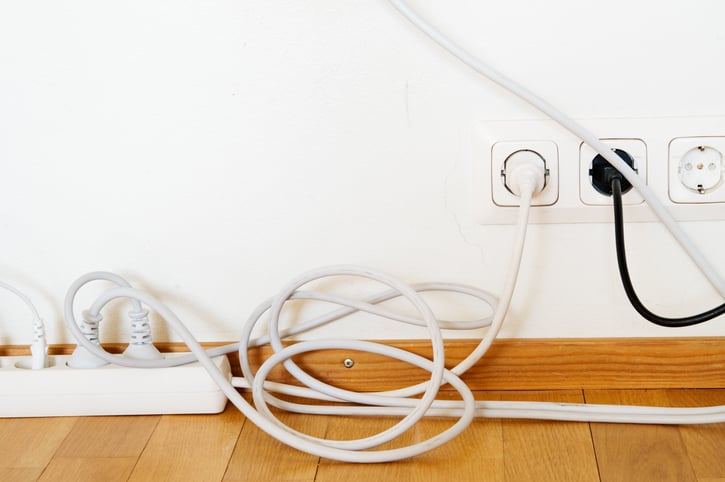
It’s no secret that being a homeowner is a financial commitment. However, there may be places in your home that are secretly upping your expenses. Read on for a rundown of those secret money leaks, courtesy of Gentec Services.
Air leaks. One of the biggest energy drains on a home is air leakage, which means the conditioned air in your home exits through cracks and leaks and is replaced by unconditioned air from the outside. While windows are the top culprit, air can come in anywhere your heating and cooling system runs or any place that the exterior structure of the home has been joined together. Leaks can be sealed with caulk, weather stripping or spray foam insulation.
Insulation. Pay special attention to the attic, basement or crawlspace, and all exterior walls. Since heating and cooling are responsible for upwards of 40 percent of all energy expenditures in the average home, keeping your house well insulated can significantly lower energy costs.
Power strips. Electronics can drain electricity even when they’re turned off. Putting them on a power strip is an excellent way to stop the draw when electronics are in a standby mode, while at the same time protecting them from power surges. You probably have 30 or more electronic devices in your home, so the drain can be substantial. The U.S. Department of Energy estimates that some homes carry phantom loads that raise the monthly electric bill by as much as 10 percent.
Water fixtures. If your toilet was installed in 1992 or earlier, it probably uses between four and five gallons of water per flush. Older ones could use up to nine gallons. Buying low flow toilets can cut this water use in half. Updating shower heads and faucets means even more savings.
Your heating and cooling system. Things like soot build-up on gas furnace burners or dust and debris on air conditioner condenser coils can hurt the efficiency of your system. Getting the system cleaned and professionally maintained could mean a 10 percent efficiency improvement.
Light fixtures. The major trend has been toward compact fluorescent bulbs, but these aren’t the best choice because they contain mercury, and they also lose lifespan when they are constantly turned off and on. LEDs, although more expensive up front, last much longer and use half the energy of compact fluorescents.


